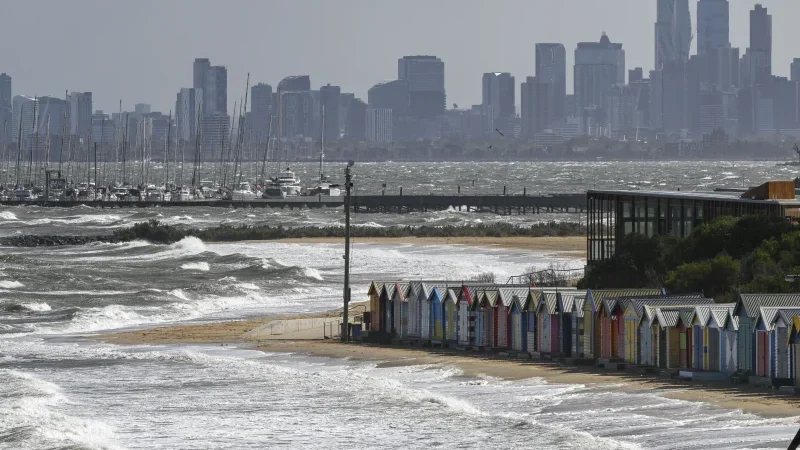Melbourne’s property market may have faced a tough March quarter in 2025, but not every region followed the same trend. Sellers in the City of Bayside outperformed the rest of the city, earning the highest median profit on property resales across all local government areas.
According to Cotality’s (formerly CoreLogic) latest Pain & Gain Report, 11.3% of Melbourne properties sold during the quarter changed hands at a loss. But Bayside stood out, with a median resale profit of $608,000 — nearly $80,000 more than Nillumbik Shire in second place, and well above Manningham in third.
This strong performance is no surprise given Bayside’s reputation as home to some of Melbourne’s most prestigious postcodes, including Brighton, Hampton, and Sandringham. Cotality’s head of Australian research, Eliza Owen, explained that long-term demand and limited housing supply in these “blue-chip” suburbs have helped drive sustained growth.
“These are areas with built-in desirability and scarcity, which support strong long-term capital growth,” Owen said. She noted that homes in Bayside were held for an average of 13.4 years — the longest median hold period of any Melbourne LGA — which contributes to higher returns when sold.
The report also found that houses far outpaced units when it came to profits. A staggering 99% of houses in Bayside resold for a gain, compared to 83% of units — highlighting the value of land in sought-after coastal pockets.
Lifestyle played a major role too, especially post-COVID. Buyers advocate Matt Cleverdon of Morrell and Koren said the pandemic shifted priorities, with more people drawn to Bayside’s coastal charm, open space, and relaxed pace of life.
“The beaches, the village atmosphere, and that extra bit of space became highly desirable during lockdowns,” he said.
Buxton Brighton’s Halli Moore echoed this, citing Bayside’s vibrant shopping precincts, easy train access, and quieter, tram-free streets as major lifestyle drawcards. He also pointed to the area’s excellent public and private schools as a magnet for families.
“School zones are a huge factor. Once people move here for the lifestyle and the schools, they rarely want to leave,” he added.
Nick Johnstone, director of Nick Johnstone Real Estate, said Bayside fosters a strong sense of local loyalty. “From Brighton to Beaumaris, we see people upgrade or downsize — but they stay local,” he said. “It’s like a bubble — once you’re in, you’re in.”
That long-term commitment also contributes to strong profits. While other regions see more turnover, Bayside homeowners tend to hold onto properties longer, especially family homes.
Still, the region wasn’t entirely immune to losses. About 10.4% of sales in Bayside resulted in a loss, often due to short hold periods or sales of units and high-density properties. Owen noted that timing plays a critical role: those who bought at the 2022 market peak and sold shortly after may have experienced declines, especially with current values still about 8% below their peak.
“Properties sold after short hold periods are more exposed to market volatility,” she said, adding that units — generally less in demand than houses — carry a higher risk of selling at a loss.



